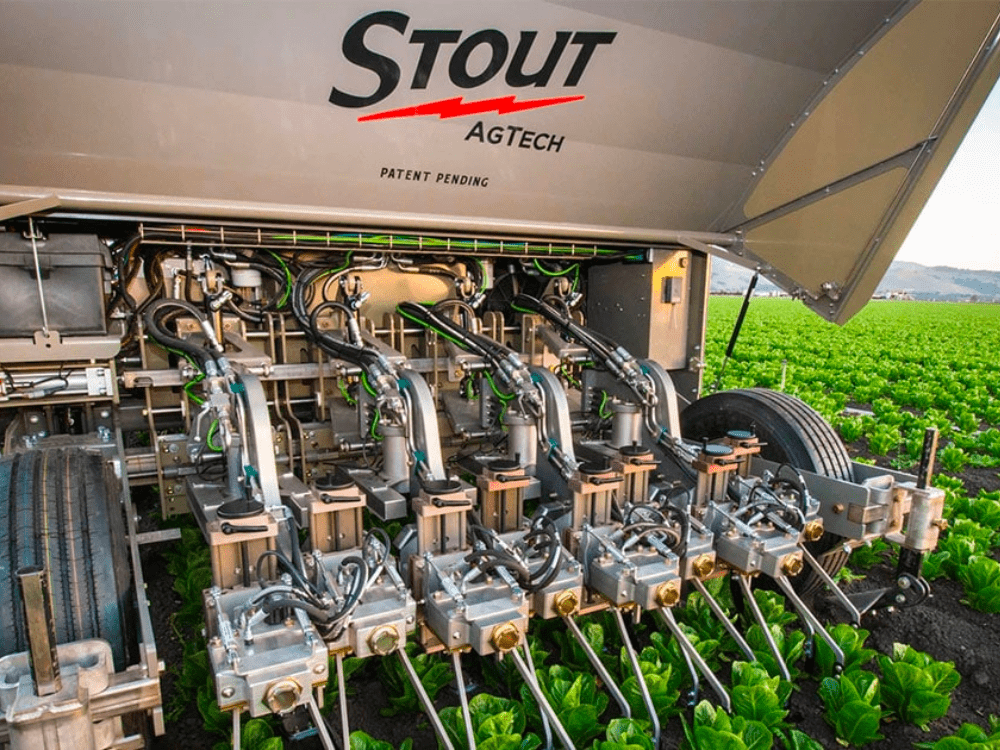Introduction:
The world is facing unprecedented challenges when it comes to feeding its growing population. With climate change, labor shortages, and increasing demand for food, the agriculture industry is under pressure to find innovative solutions. One such solution that has been gaining traction in recent years is farm automation. In this blog post, we will delve into the economic case for investing in farm automation and why it makes sense for both farmers and investors alike.
The Growing Demand for Food:
As the global population continues to rise, so does the demand for food. The United Nations projects that the world’s population will reach 9.7 billion by 2050, requiring a significant increase in food production. To meet this demand, farmers will need to become more efficient, and automation can play a crucial role in achieving this goal.
Reducing Labor Costs:
Labor costs are a significant expense for farmers. By automating various tasks such as planting, harvesting, and weeding, farmers can reduce their reliance on manual labor, leading to substantial cost savings. Automation can work around the clock, eliminating the need for seasonal and temporary labor, which can be both costly and challenging to secure.
Increased Productivity:
Farm automation can significantly increase productivity. Automated machinery and systems can work faster and more accurately than human labor, leading to higher crop yields. For example, precision agriculture technologies can optimize the use of resources such as water, fertilizers, and pesticides, resulting in healthier crops and higher profits.
Improved Crop Quality:
Automation not only boosts quantity but also enhances crop quality. Machines can ensure consistent planting depths, spacing, and harvesting times, leading to more uniform and marketable produce. This improved quality can command higher prices in the market and boost a farmer’s profitability.
Sustainable Agriculture:
Investing in farm automation is not only about economics but also about sustainability. Automation can help reduce the environmental impact of farming. For instance, automated irrigation systems can optimize water usage, while autonomous tractors can minimize soil compaction. These practices contribute to more sustainable and eco-friendly agriculture, which is increasingly important to consumers and regulators.
Market Growth and Opportunity:
The farm automation market is rapidly expanding. According to a report by MarketsandMarkets, the global precision farming market is expected to reach $12.8 billion by 2025. This growth is being driven by the need for increased food production, improved farm efficiency, and a growing awareness of the benefits of automation. For investors, this presents a significant opportunity to capitalize on a burgeoning industry.
Government Support and Incentives:
Many governments around the world are recognizing the importance of farm automation and are offering incentives to farmers who invest in these technologies. These incentives can range from tax breaks to grants and subsidies. For investors, this government support can reduce risk and make farm automation investments even more attractive.
Mitigating Risk:
Investing in agriculture has historically been subject to various risks, including weather-related uncertainties and market volatility. Farm automation can help mitigate some of these risks by providing greater control over growing conditions and reducing the reliance on unpredictable factors. This can make agriculture investments more stable and predictable.
Challenges and Considerations:
While the economic case for investing in farm automation is compelling, it’s essential to consider the challenges and potential drawbacks. Automation technologies require significant upfront investment, and the learning curve for farmers can be steep. Additionally, there may be resistance to change within traditional farming communities.
Conclusion:
In conclusion, the economic case for investing in farm automation is strong. It offers the potential for reduced labor costs, increased productivity, improved crop quality, and greater sustainability. The growing global demand for food, government support, and the expanding market for automation technologies all contribute to the attractiveness of this investment opportunity. While challenges exist, the long-term benefits make farm automation a smart choice for both farmers and investors looking to secure a more prosperous and sustainable future.





